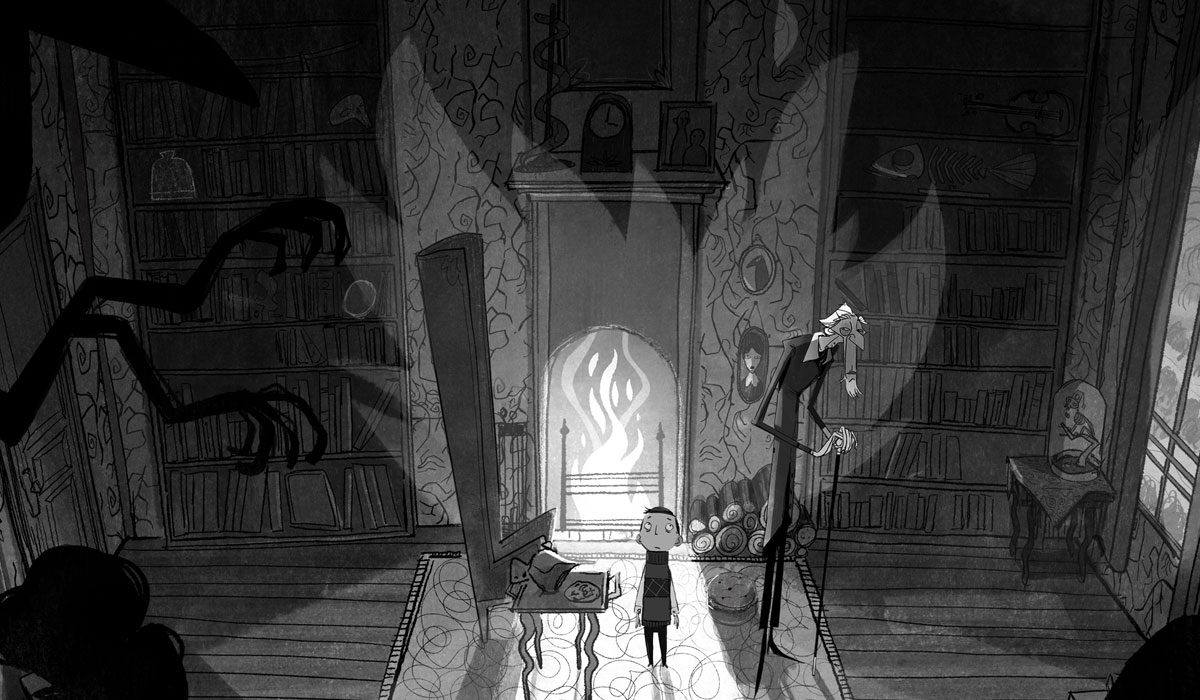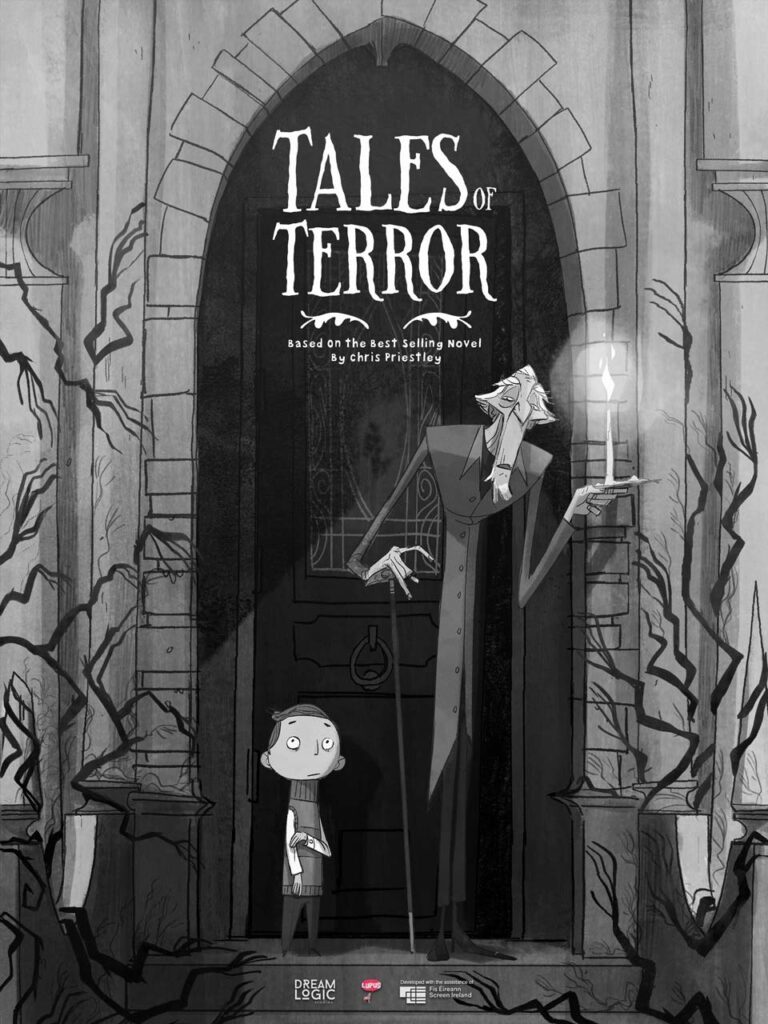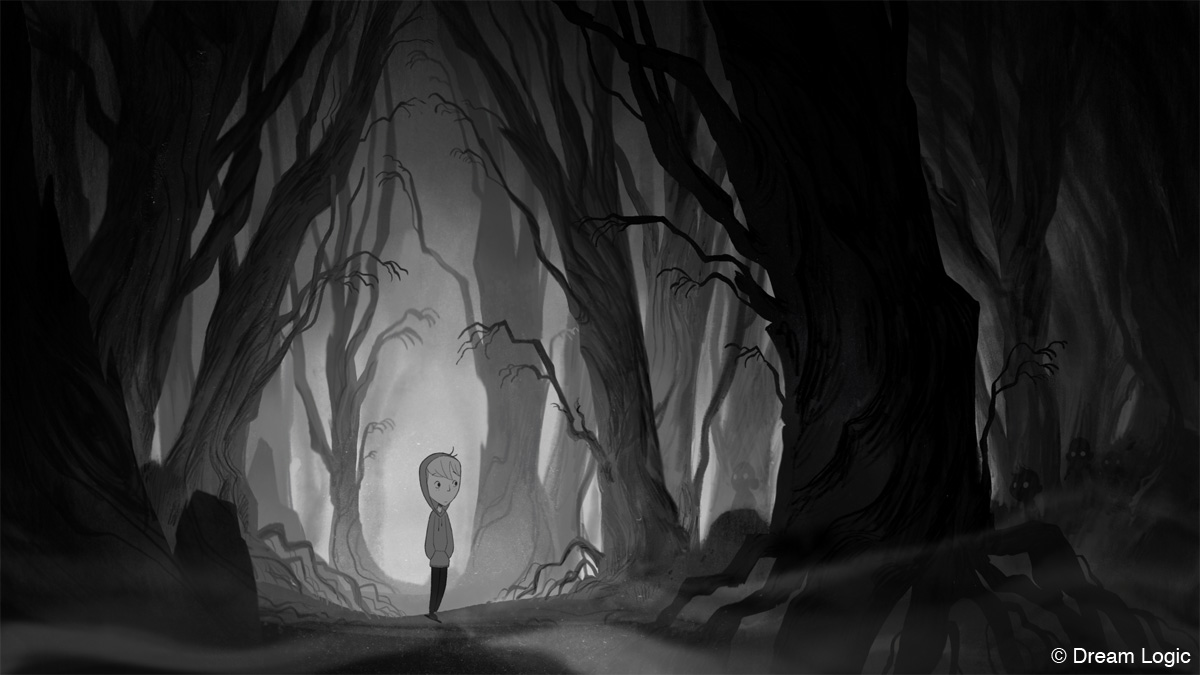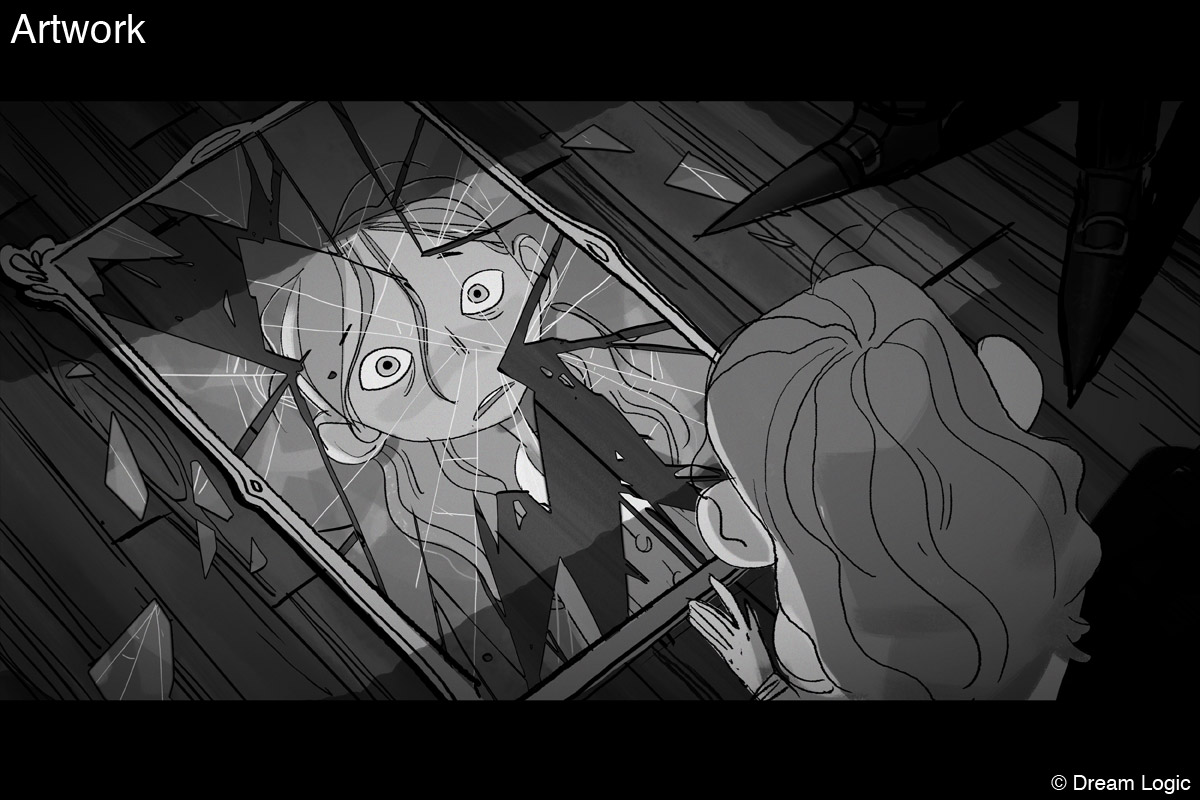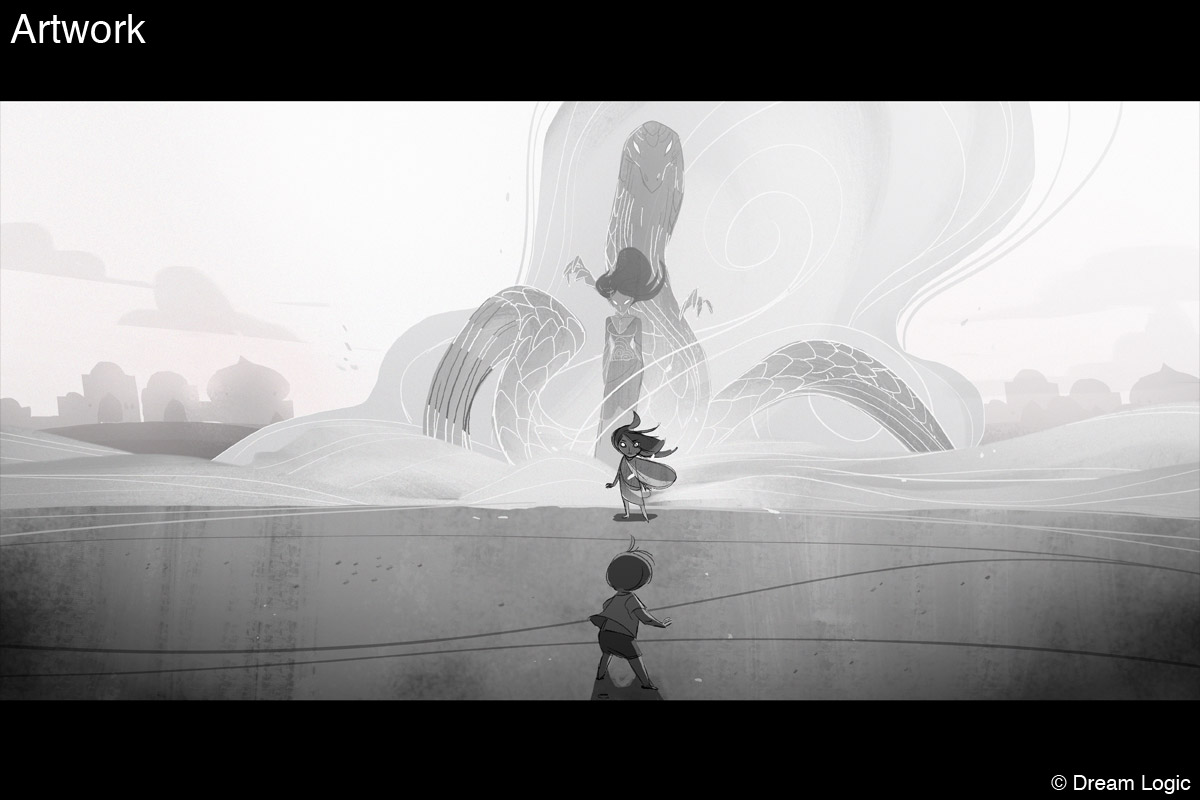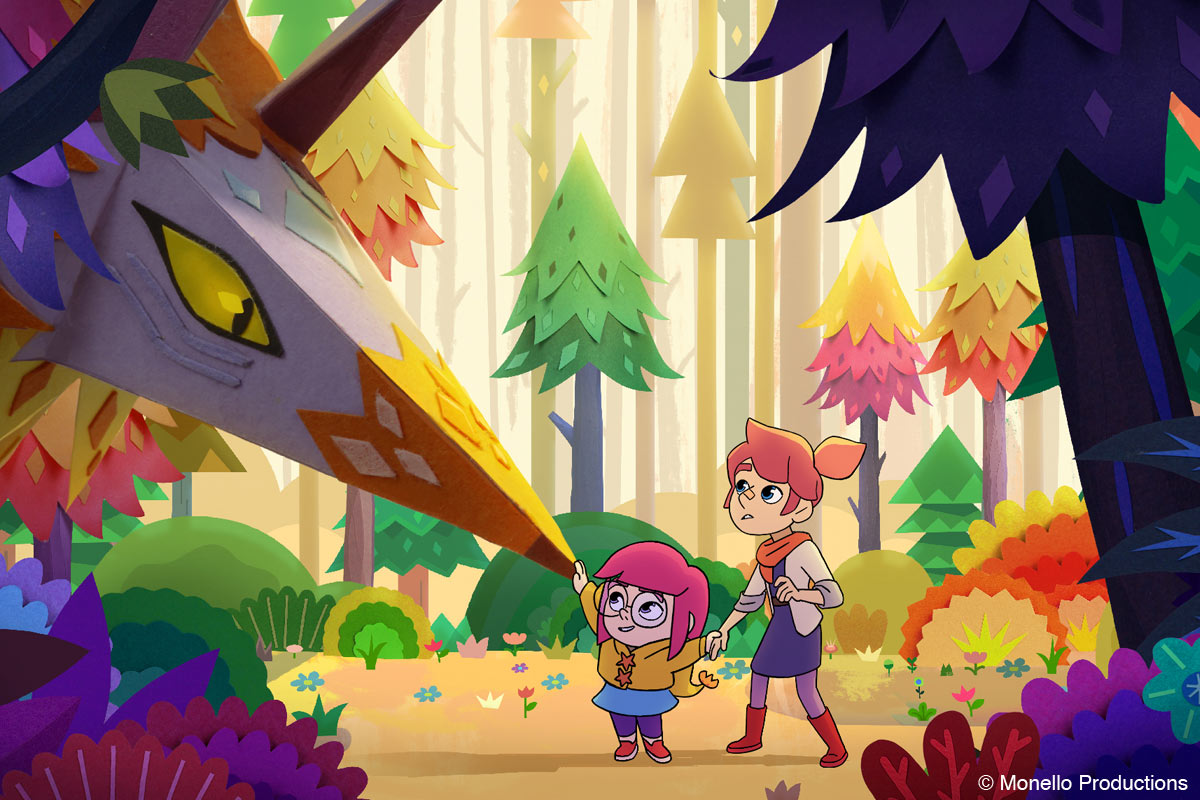Synopsis
Edgar is eleven years old and longs for an escape from his mundane world. Luckily for him, his enigmatic Uncle Montague lives nearby in a Victorian mansion crammed with the most curious of items. There is nothing Edgar loves more than to listen to his uncle recount some of the frightening stories he knows. With each episode Edgar is treated to a new story but as each tale unfolds, an eerie pattern starts to emerge of young lives gone awry in the most terrifying of ways.
Tales of Terror
Director: Kealan O’Rourke
Scriptwriter: Kealan O’Rourke (Adaptation from Uncle Montague’s Tale of Terror by Chris Priestley)
Producers: Brian Willis (Dream Logic, Ireland) and Ruth Fielding (Lupus Films, United Kingdom)
Format: 10 x 11’
Target audience: Children 6-11
Technique: 2D digital / Drawing
Tales of Terror is a hand-drawn 2D animation series project featuring timeless horror stories for kids, based on the international-hit novel Uncle Montague’s Tales of Terror by Chris Priestley.
Dream Logic teamed up with Lupus Films to bring the story to an animated adaptation. They revealed the first trailer and some visual material of the project at Cartoon Forum 2021 that brings anticipation to the completed project.
We would like to deliver to you the story behind this attractive animation series project in our interview with the producer Brian Willis and the director Kealan O’Rourke.
Interview with Kealan O’Rourke and Brian Willis
Hideki Nagaishi (HN): Could you please let us know what part of this animation project you think will be the most appealing or attractive to the prospective audience?
Brian Willis: Each individual story is going to be the most appealing aspect of Tales of Terror for our young audience. Fascinatingly scary tales. Wildly entertaining. And deliciously disturbing!
HN: Could you please let us know the theme or topic of the series, as well as the outline of the story of the series, in brief?
Kealan O’Rourke: At the core of Tales of Terror is the relationship between the enigmatic Uncle Montague and his nephew Edgar. The young boy longs for an escape from his mundane daily life and so loves to visit his Uncle, who lives alone in a crumbling Gothic house secluded within a twisted forest. Edgar often thinks that he can hear many figures moving about the house, although his Uncle insists that there is no one living in the house with him. It is filled with the strangest of items, from broken mirrors to porcelain dolls, and for every item, Uncle Montague has a story for it. A story sure to send a thrilling shiver down the young boy’s spine. But, as the stories unfold, a larger and more frightening narrative emerges. A revelation that ties everything together in the most surprising of ways and leaves Edgar valuing his boring life a little more than he once did.
HN: If you have a message or experience you want to deliver to the audience through the story, what would that be?
Kealan O’Rourke: With the character of Edgar, the message of ‘be careful what you wish for’ is certainly fitting. He is a boy who longs for adventure and excitement but not realising that such journeys usually entail a lot of darkness and are not for the faint of heart. There is also the subtle thematic that the line between good and evil is not always as clear cut as it first appears.
The stories that Uncle Montague regales his young nephew with, all feature a misbehaving youth who gets their comeuppance in the most unusual and supernatural of ways. They are certainly reminiscent of the fables of the Brother’s Grimm, cautionary tales that show what can happen if you stray too far from the path.
HN: What part of the original novel did you find the most attractive, and what do you take care in the most when developing the script?
Kealan O’Rourke: I’m a huge fan of Victorian ghost stories, classic Horror movies from the 1930’s and vintage radio shows from the 50’s and 60’s. Their atmosphere and clever storytelling left an indelible mark on me and I see those same attributes so strongly within the book. I also loved that the stories are not dumbed-down in anyway in an attempt to appeal to a younger audience. They are beautifully structured, well-told stories first and so have a universal and timeless appeal to older children and adults alike.
One of the most important elements of the adaptation is achieving the balance between the dark and the comedic. It is a delicate balance that should never lean too much in either direction. Like the book, we don’t want to shy away from some of the darker elements because like all classic storytelling, it is the dark that makes the light all the more special and meaningful.
HN: What will be the most important characteristic of the visual design of the characters and universe for the story, and why?
Kealan O’Rourke: The book itself is inspired by Victorian ghost stories, and the Victorian era was indeed the golden age of illustration. There are so many incredible artists from that time including Arthur Rackham, John Tenniel and Kay Nielsen to name a few that are a huge inspiration for the design of the series.
I thought it would be really interesting to try to bring the style to life through animation. The backgrounds will feature lush and painterly worlds combined with highly articulate and natural hand drawn character animation. I want the audience to feel the hand of the artist coming through the visuals. The series will be presented in both colour and black-and-white in a way that furthers the narrative. Initially this distinction marks a contrast between reality and the worlds of Uncle Montague’s stories, but as the series progresses, Edgar begins to realise that he is indeed living out one of these stories and so, that distinction begins to fade.

HN: What can you tell us about the music for the animation series at the moment?
Kealan O’Rourke: The music, like the narrative and visual style, will also be inspired by the Victorian era. But like the book, it will be presented in a way that feels fresh and modern. As the visuals will be quite cinematic, it will have a large theatrical sound with lush arrangement. As each of the episodes are set in various locations from the streets of Victorian London to the deserts of Syria, the music will reflect that cultural diversity.


